It would seem that there is no easier task than to arrange lighting in the bathroom, the photo of which will be of interest. However, this opinion is not true. After all, to illuminate this room brightly enough with soft diffused light, which creates comfort and coziness, you need to have certain specific knowledge. We will try to convey their basic concept in this article.
What determines the choice of lighting in the bathroom
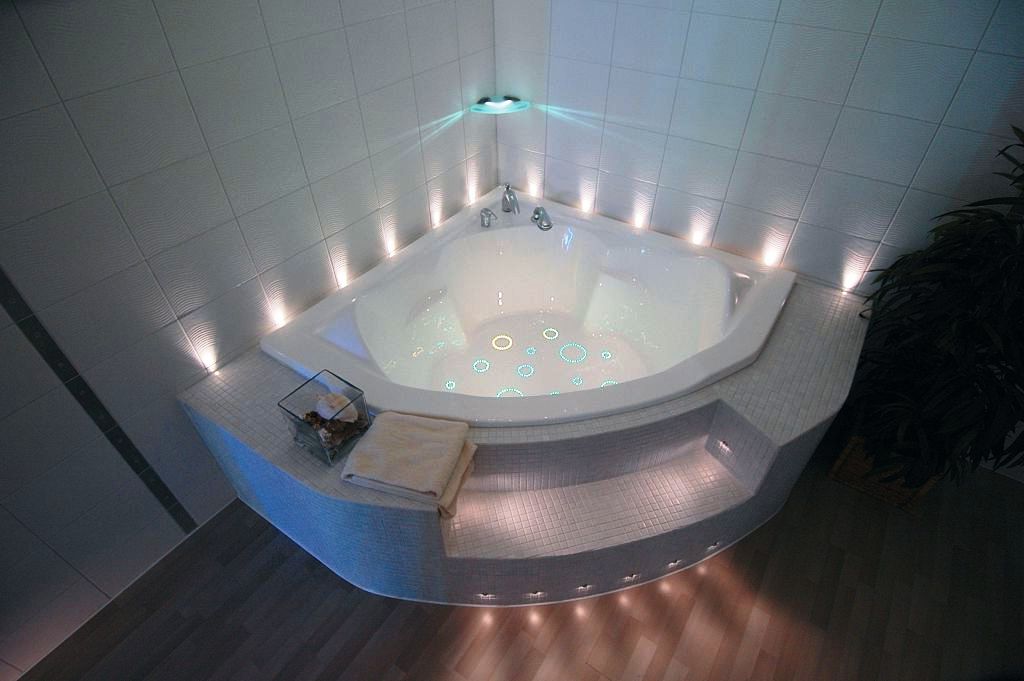
To properly organize the lighting system in the bathroom, the photo of which will be an example for others, you need to understand that its choice depends on the following important factors:
- Color palette of the room and interior design style.
- Features of dividing the room into functional zones.
- The number of levels of placement of fixed fixtures.
- Competent selection of lighting devices.
- The size of the repaired room.
- Your ability to visually change the space using lighting.

First of all, it should be noted that you need to think about the concept of a lighting system with specific solutions for the installation of light sources before you start repairing the bathroom. Photos of various objects will help you determine the overall composition. Everything must be provided: cables for lighting fixtures are carried out, raised walls made of drywall are constructed, a bath with lighting is purchased, and all other necessary measures are performed.
What is the lighting in the bathroom, photo options and the ability to install in different ceilings
All lighting devices that are suitable for use in the bathroom can be classified according to several criteria:
- According to the level of placement in the room, you can select wall, ceiling and even floor lamps.
- According to the type of protrusion above the surface, they can be open and embedded.
- According to the working area that their light covers, you should name those that are installed near the mirror, door, in lockers or above the bathroom.
- By type of lamps are distinguished: halogen, incandescent, fluorescent, led, metal halide.
- Depending on the purpose of application: main or General, working (directed or special) and additional decorative.
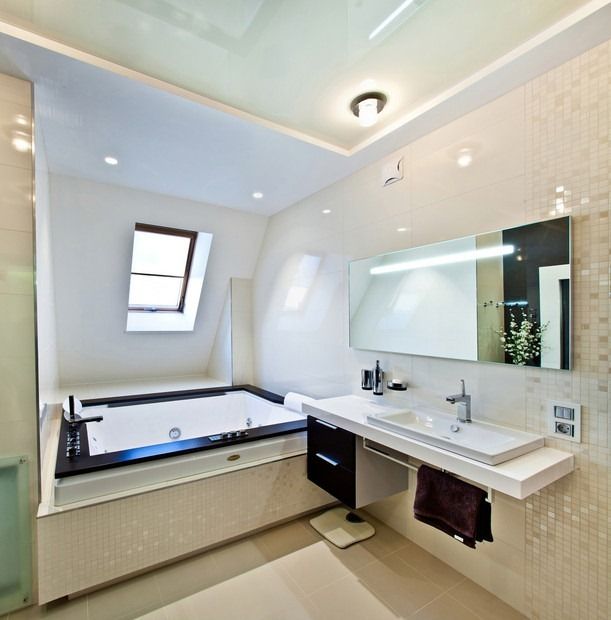
Useful advice! At the stage of planning the arrangement of lighting in the bathroom, you need to calculate in advance the load on the power grid that this room will give. Due to the high humidity in the bathroom, it is necessary to install a separate automatic machine on this branch, which protects the network from short-circuiting.
Types of ceilings and corresponding bathroom lighting fixtures

There are several options for ceiling structures that are constructed during the repair of the bathroom. Their photo always has images of some type of lighting. On ordinary painted ceilings, we can observe suspended type lamps. Their choice is quite diverse, and many are specifically designed for bathrooms, as they have increased protection from humidity.

Suspended structures such as plasterboard ceilings, plastic panels or tiles are often equipped with built-in spotlights. This is convenient and aesthetically pleasing, and at the same time safe, since all the wiring is securely hidden. Spotlights are also used in the case of stretch ceilings. If the bathroom has a ceiling system of several levels, you can use led lighting between them.
As for the types of lamps used for lighting in the bathroom, the photo of various ceiling designs tells us that today the most popular are halogen and fluorescent lamps. At the same time, there are still a significant number of incandescent lamps, and led light sources have begun to appear.
In fact, it is not so important what type of lamp is used in the lighting device. What matters is how well this device meets the requirements that are usually imposed on equipment operating in such a specific environment as a bathroom.

What are the requirements for bathroom fixtures
Since the bathroom room, due to its specificity, has an increased level of humidity and temperature differences, then the requirements for the used electrical appliances are special:
-
- lamps should not be afraid of getting wet or even splashing water on them. This makes it impossible to use incandescent lamps without protective plafonds, since if water gets on the burning
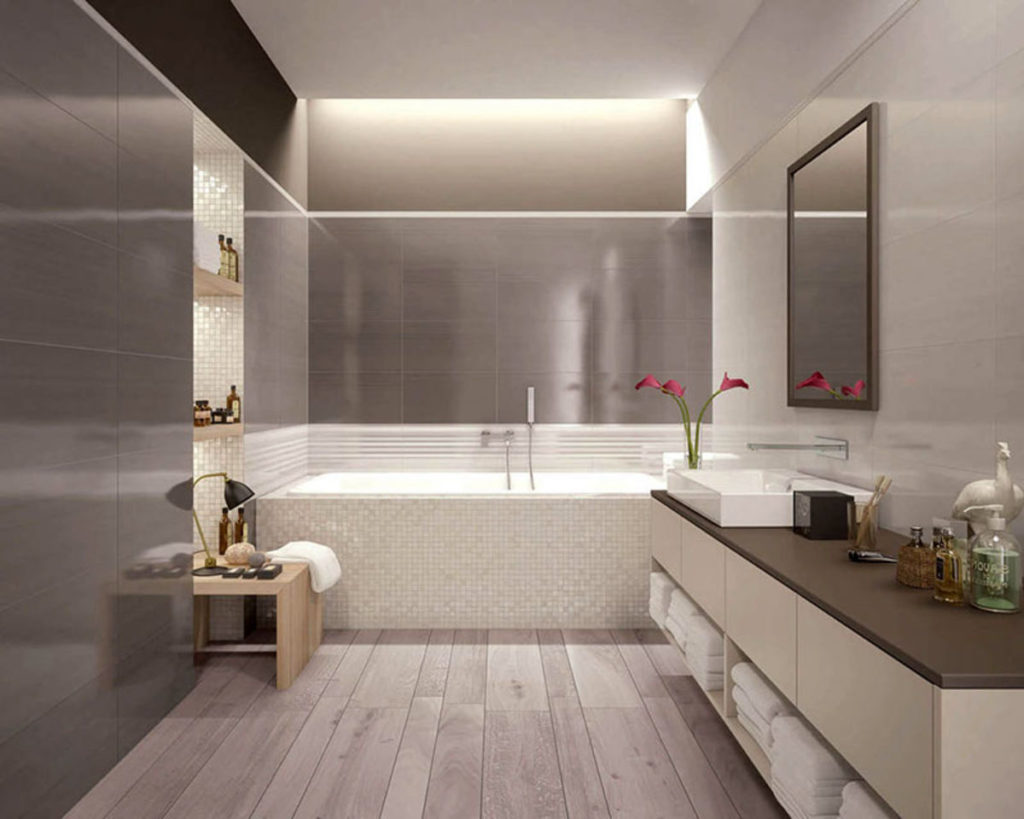
- bulb, it is destroyed with a scattering of hot fragments, which can lead to injuries and burns. The degree of protection from moisture of lighting devices in the bathroom should start from IP24;
- the bath area or shower stall should only be equipped with low voltage lamps with a voltage of up to 12 V;
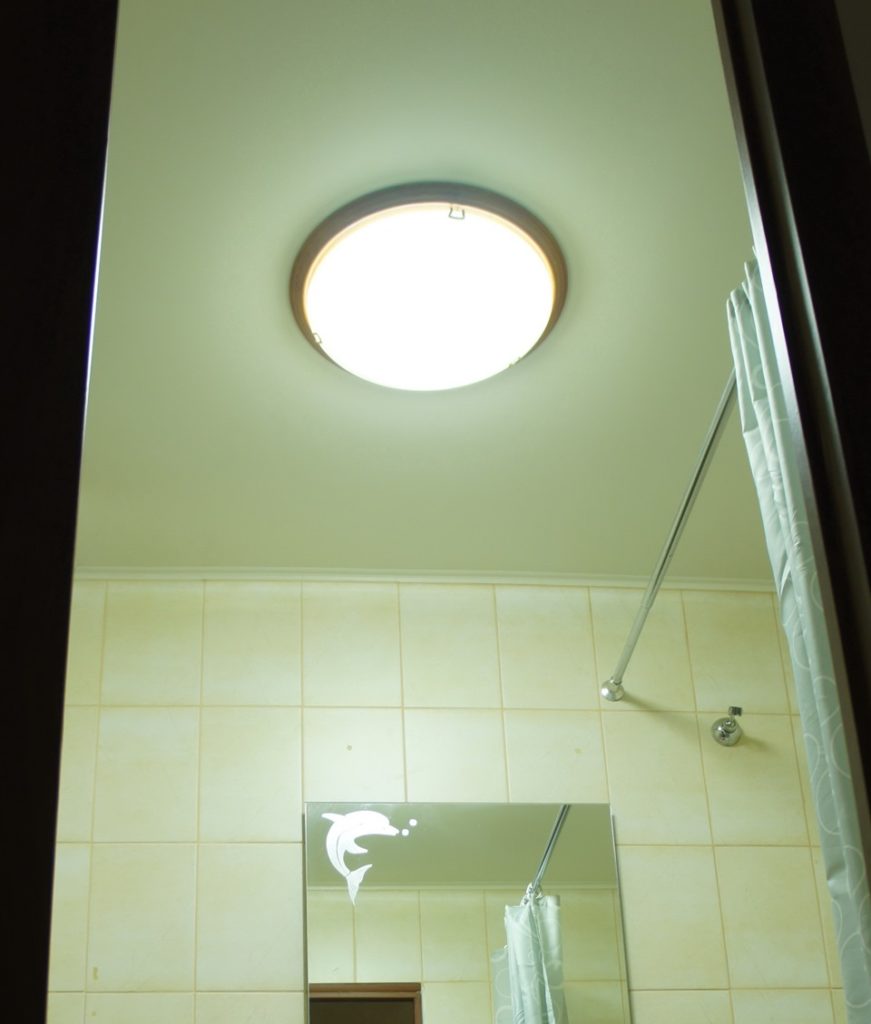
- in the immediate vicinity of the shower or bath (closer than 60 cm), only lamps with class II protection against electric shock are allowed;
- any lamp used in the bathroom must be equipped with a protective canopy, and its metal parts are protected from corrosion.
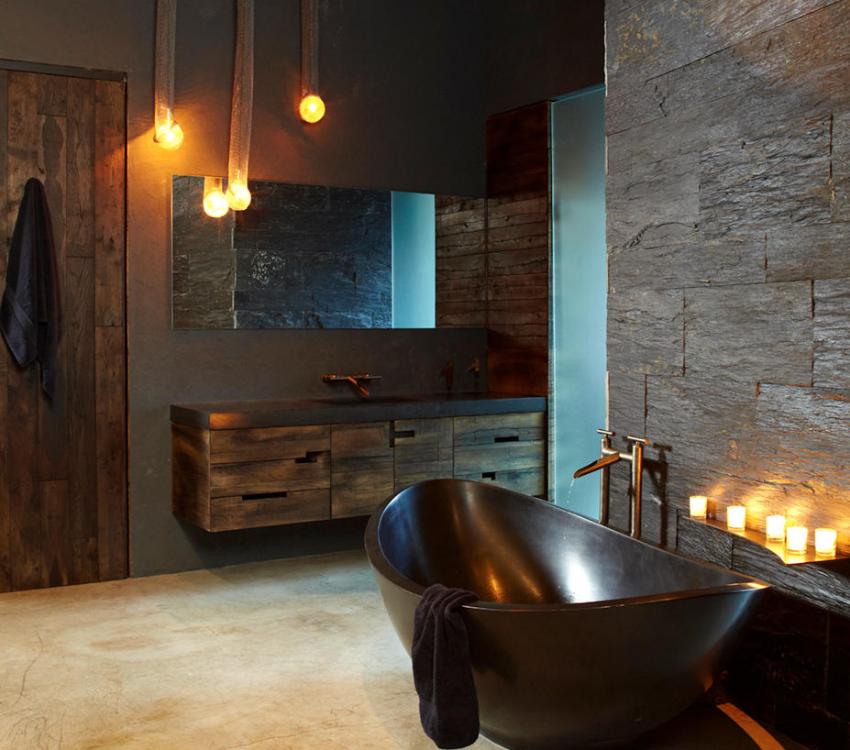
Useful advice! Do not overload the bathroom with electrical appliances. An excessive amount of wiring and lighting will lead to a short circuit sooner or later.
81205 923102It can be difficult to write about this subject. I think you did an outstanding job though! Thanks for this! 645680
You’re welcome!
Great information. Lucky me I recently found your blog by chance (stumbleupon). I’ve saved it for later!
Very placend, I’m glad